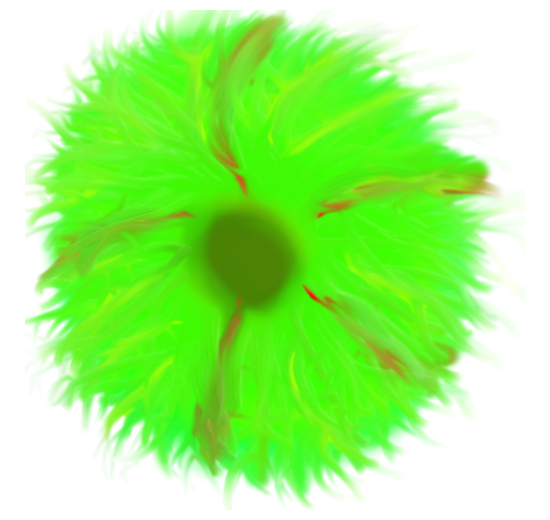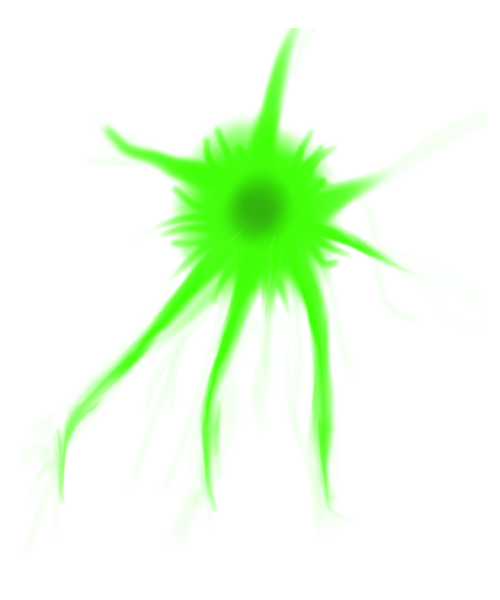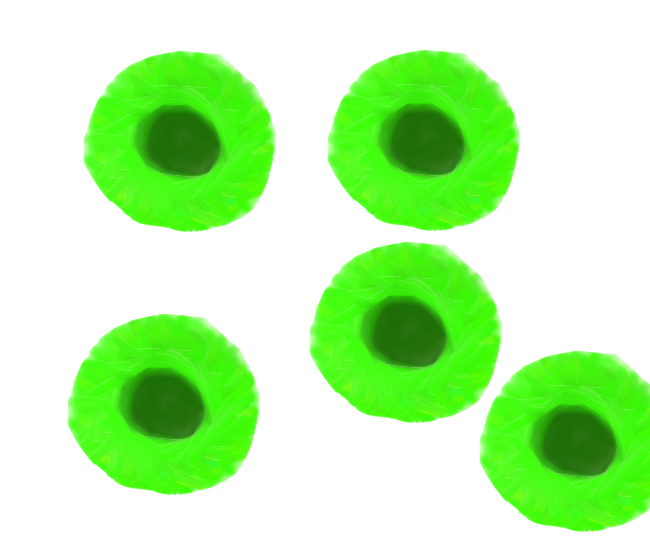Who is in Charge?
(Workbook Page 30)
There are two types of cells in the brain. They are nerve cells and glia. The interplay between these two cell types allow for the seamless processing of information. Increasing understanding of how glial cells function demonstrates their critical role in monitoring, modifying and managing the intricate processes that take place in the nervous system, immune system and circulatory system.
There are three types of glial cells. They are astrocytes, oligodendrocytes and microglia.
Astrocyte
Oligodendrocyte
Microglia
Nerve cells in the brain are all imbedded in astrocytes. This allows the astrocytes to pass molecules and electromagnetic waves to one another and modify brain activity. Look at the graphic on page 30 of the Neuroplastic Transformation workbook and review the text. The graphic shows the relationship of the various brain cells and the text describes in detail the numerous functions of astrocytes. From altering the amount and spread of neurotransmitters to coordinating placement of newborn neurons, astrocytes play a critical role in brain function. The oligodendrocytes in the graphic are the cells that wrap around the long shafts of nerve cells, called axons. They make a fatty substance known as myelin that coat the axons. The more myelin, the faster the electrical signal. Microglia are responsible for protection of the brain from foreign invaders, injuries and toxins. They also trim old synapses being replaced by new synapses.
